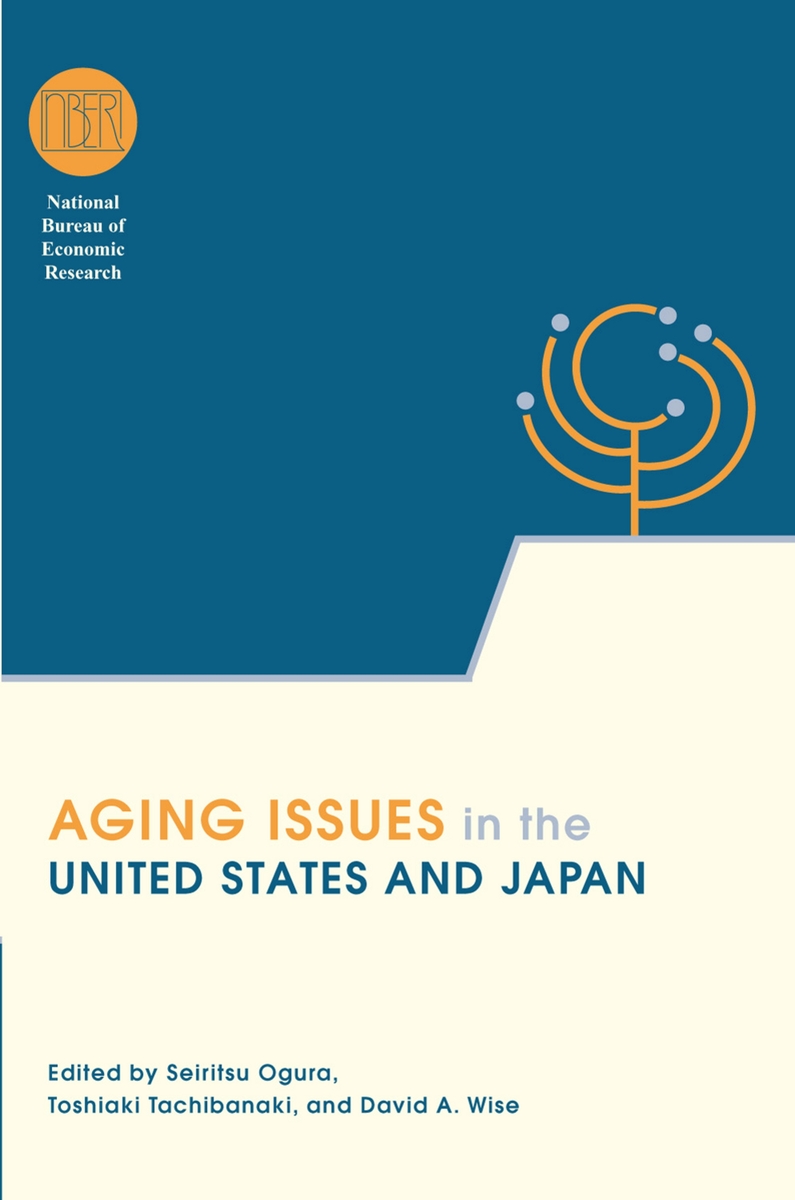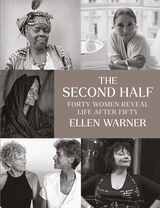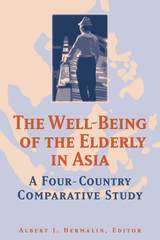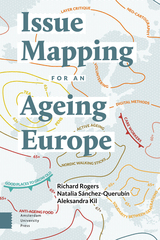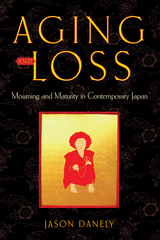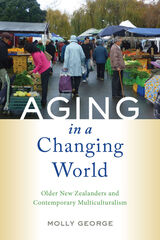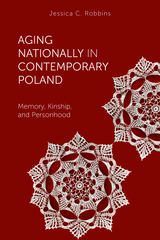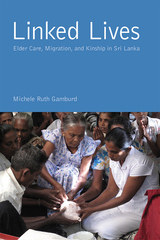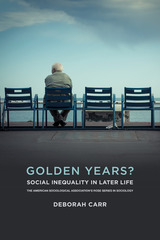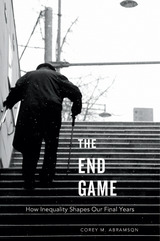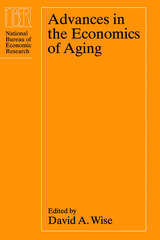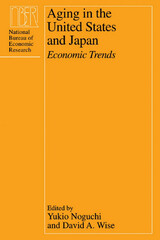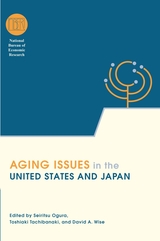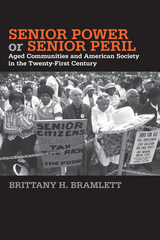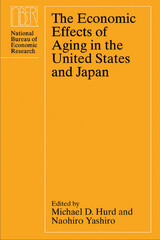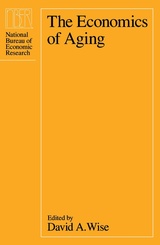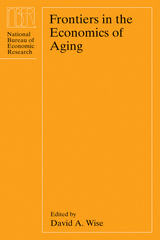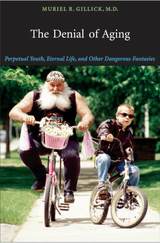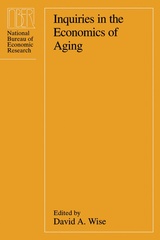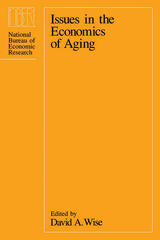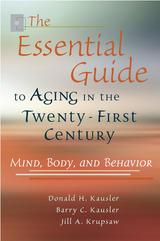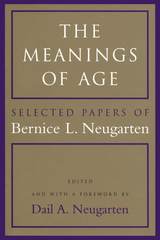Aging Issues in the United States and Japan
University of Chicago Press, 2001
Cloth: 978-0-226-62081-7 | eISBN: 978-0-226-62083-1
Library of Congress Classification HQ1064.U5A63476 2001
Dewey Decimal Classification 305.260952
Cloth: 978-0-226-62081-7 | eISBN: 978-0-226-62083-1
Library of Congress Classification HQ1064.U5A63476 2001
Dewey Decimal Classification 305.260952
ABOUT THIS BOOK | AUTHOR BIOGRAPHY | TOC | REQUEST ACCESSIBLE FILE
ABOUT THIS BOOK
The population base in both the United States and Japan is growing older and, as those populations age, they provoke heretofore unexamined economic consequences. This cutting-edge, comparative volume, the third in the joint series offered by the National Bureau of Economic Research and the Japan Center for Economic Research, explores those consequences, drawing specific attention to four key areas: incentives for early retirement; savings, wealth, and asset allocation over the life cycle; health care and health care reform; and population projections.
Given the undeniable global importance of the Japanese and U.S. economies, these innovative essays shed welcome new light on the complex correlations between aging and economic behavior. This insightful work not only deepens our understanding of the Japanese and American economic landscapes but, through careful examination of the comparative social and economic data, clarifies the complex relation between aging societies, public policies, and economic outcomes.
Given the undeniable global importance of the Japanese and U.S. economies, these innovative essays shed welcome new light on the complex correlations between aging and economic behavior. This insightful work not only deepens our understanding of the Japanese and American economic landscapes but, through careful examination of the comparative social and economic data, clarifies the complex relation between aging societies, public policies, and economic outcomes.
See other books on: Age distribution (Demography) | Aged | Gerontology | Older people | Wise, David A.
See other titles from University of Chicago Press
